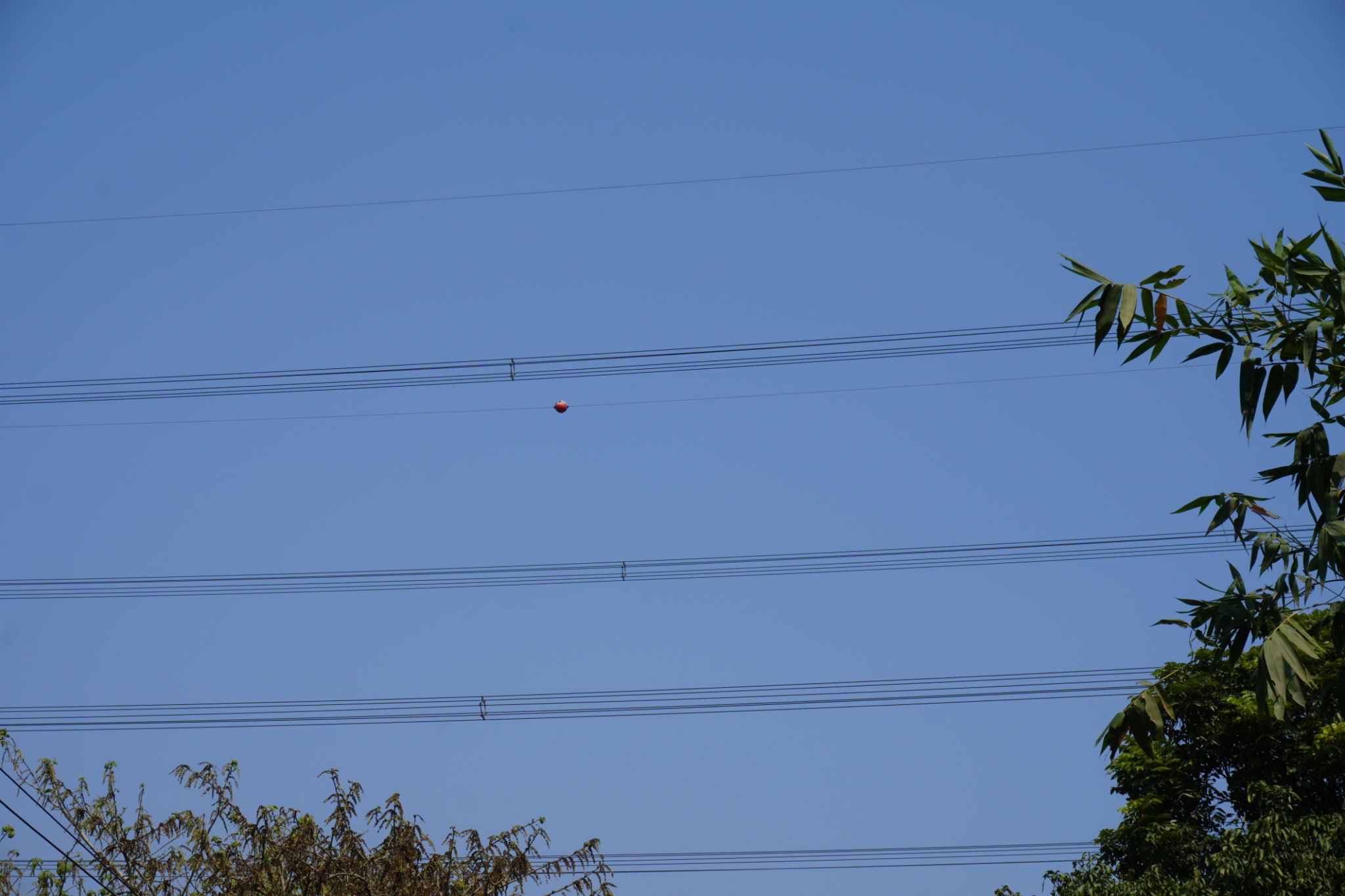Do Bird Flight Diverters Prevent Collisions? Insights and Evidence
Introduction to Bird Flight Diverters
Bird collisions with man-made structures have been a concern for conservationists and wildlife enthusiasts alike. Structures such as power lines, wind turbines, and communication towers pose a significant threat to avian species. To mitigate these risks, bird flight diverters have been introduced as a feasible solution. But do they effectively prevent collisions? Let’s explore the insights and evidence on this subject.

How Bird Flight Diverters Work
Bird flight diverters are strategically placed devices designed to make man-made structures more visible to birds. These devices are typically installed on power lines and similar structures where birds are prone to collide. The diverters work by reflecting light or moving in the wind, which helps birds detect obstacles from a distance and adjust their flight paths accordingly.
There are various types of bird flight diverters, including spirals, flappers, and markers. Each type is engineered to catch the attention of birds, either through reflective surfaces or movement. By enhancing the visibility of power lines or towers, these diverters aim to reduce the number of bird collisions.
Evidence Supporting Their Effectiveness
Numerous studies have been conducted to assess the effectiveness of bird flight diverters. Research indicates that these devices can significantly reduce bird collisions. For instance, a study by the U.S. Fish and Wildlife Service found that properly installed bird flight diverters could decrease collision rates by up to 90% in some areas.

This reduction is particularly evident in high-risk areas where bird populations are dense or during migration seasons. By minimizing collisions, bird flight diverters not only help in conserving bird populations but also prevent disruptions in power supply and reduce maintenance costs associated with damage repairs.
Challenges and Considerations
While bird flight diverters have proven effective in many scenarios, there are challenges to consider. The success of these devices largely depends on their visibility, placement, and the specific species of birds in the area. Larger birds, such as eagles and cranes, may benefit more from diverters than smaller species.
Another consideration is the maintenance of these devices. Over time, environmental factors such as weather conditions can affect the durability and performance of bird flight diverters. Regular inspections and maintenance are crucial to ensure they continue to function effectively.

The Future of Bird Collision Prevention
The deployment of bird flight diverters is part of a broader effort to implement avian-friendly practices in infrastructure development. As technology advances, new designs and materials are being explored to enhance the effectiveness of these devices further. Innovations such as smart diverters that use sensors and real-time monitoring could become a reality in the near future.
Moreover, collaboration between wildlife organizations, governments, and industries is essential to promote the widespread adoption of bird flight diverters. Through joint efforts, we can ensure that man-made structures coexist harmoniously with local wildlife.
Conclusion
In conclusion, bird flight diverters are a valuable tool in preventing bird collisions with man-made structures. While not without challenges, their proven effectiveness makes them a crucial component in conservation strategies. As we continue to develop and refine these technologies, their role in protecting avian species will undoubtedly grow, paving the way for safer skies for our feathered friends.